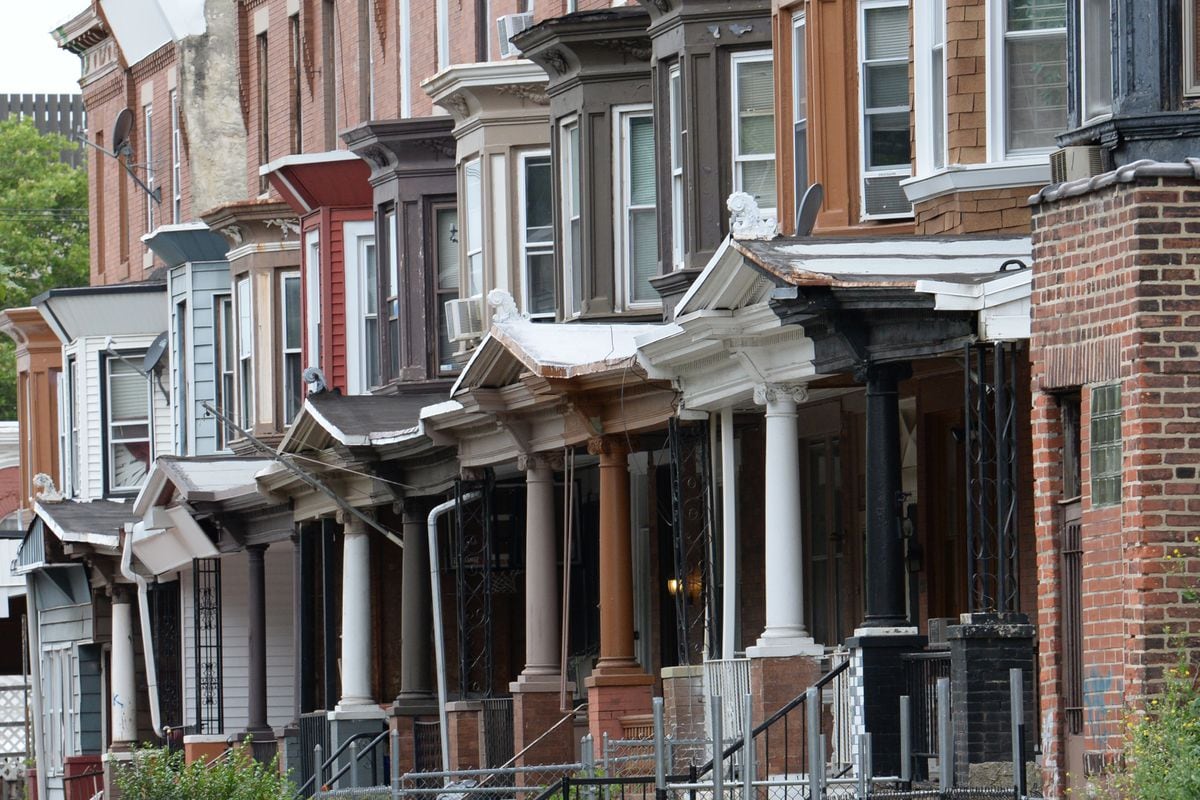The jobless rate last month was the lowest since 1969, though the economy added a less-than-expected 134,000 jobs, the Bureau of Labor Statistics said. Wage growth slowed to a 2.8 percent rate.
The unemployment rate fell to 3.7 percent as the economy added 134,000 jobs in September. Economists had expected gains of 185,000.
Some places lift children out of poverty. Others trap them there. Now cities are trying to do something about the difference.
Although they both started at the same level of poverty, the child who comes of age in the less-poor community will make more money in life than the child who spends her life in the low-income area.
A new national map confirms what many in Hartford have known for years — that a child’s chance of growing out of poverty is somehow linked to the neighborhood they live in.
Ohio’s fund to help the poor is rich. More than 20 years after Ohio imposed work requirements on welfare recipients and limited cash assistance to
BATON ROUGE – Reading through reams of data released over the last month about Louisiana can be a dizzying and depressing exercise.
The nation’s 37 percent poverty rate for children of parents ages 18-24 is double the poverty rate for all children, according to a new report.
Most recent census data shows child poverty exists in every Toronto city ward.
Louisiana’s college tuition has risen at a higher percentage than any other state nationwide.
Mercy said this week it will close its hospital in Fort Scott. The upcoming closure is reigniting a debate over Medicaid expansion in Kansas.
Nebraska voters will decide next month whether Medicaid coverage should be extended to an estimated 90,000 adult Nebraskans, most of whom work in low-paying jobs.
The 63 clinics that serve the state’s uninsured either have to spend money becoming eligible to take Medicaid or risk leaving some patients with nowhere to go.
Disparities in immunization rates persist between low-income and higher-income people.





/https://www.thestar.com/content/dam/thestar/news/toronto-election/2018/10/01/child-poverty-plagues-every-corner-of-toronto-census-data-shows/neil_donaldson.jpg)




